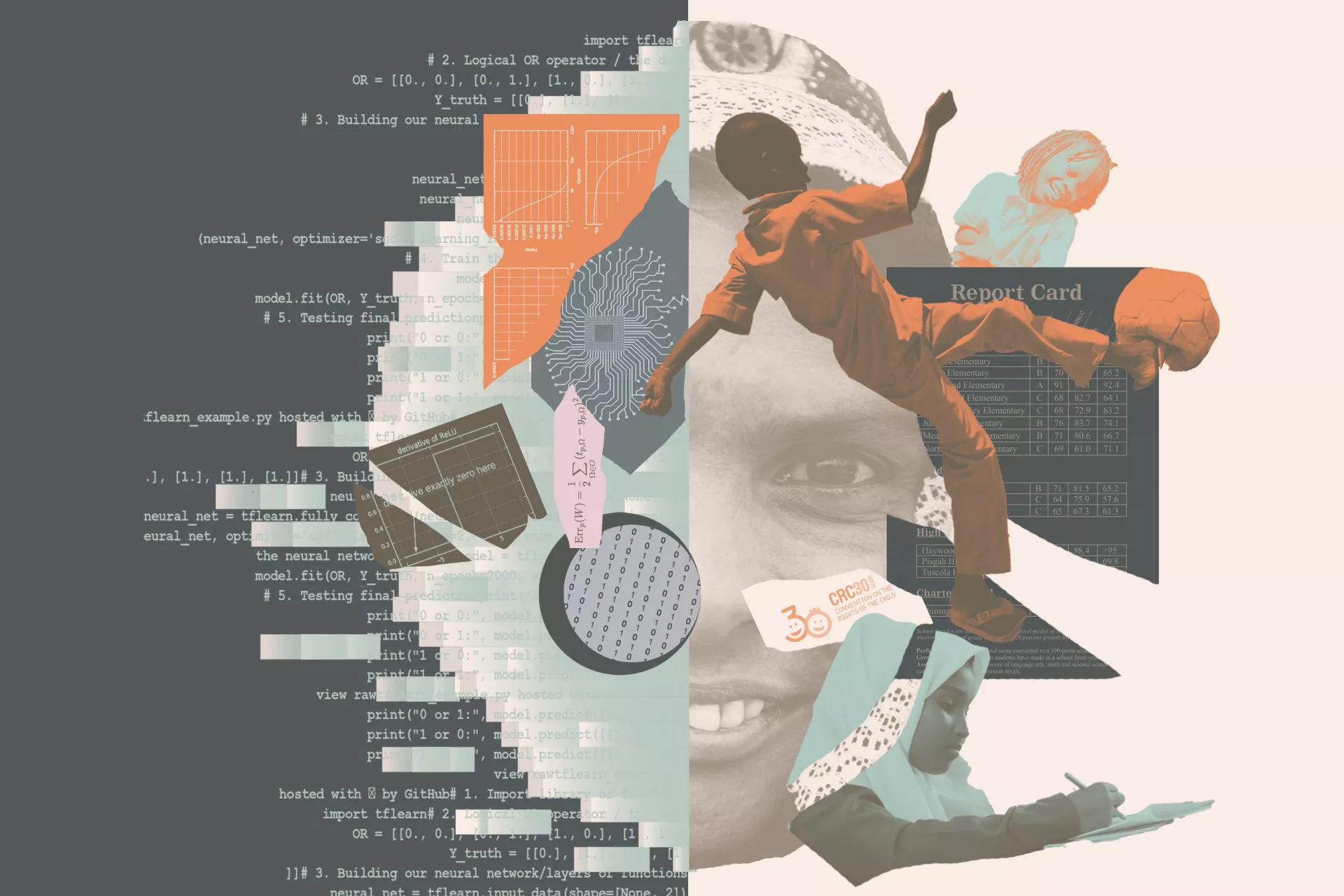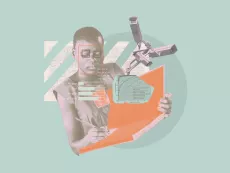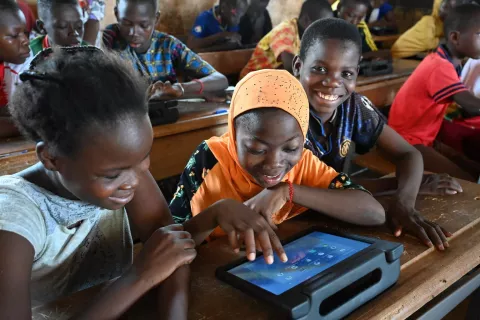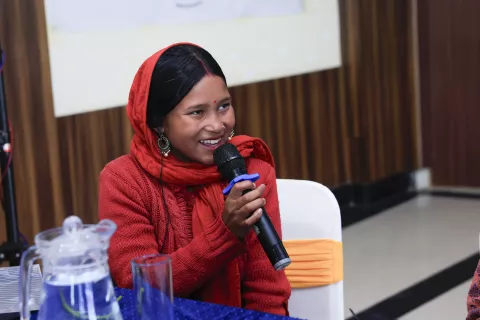Memorandum on Artificial Intelligence and Child Rights
Where are the greatest opportunities for and risks to children’s rights in the AI age

Highlights
As a partner in the Generation AI initiative, the Human Rights Center at UC Berkeley School of Law spent the Fall 2018 and Spring 2019 semesters researching how artificial intelligence technologies are being used in ways that impact children at home, at school, and at play. After reviewing and identifying the disparate child rights that might be disproportionately impacted, both positively and negatively, by its use, the team drafted a memo exploring the potential impacts AI is having and may have on children. This document summarizes the memo, providing a series of case studies to illustrate the various ways that artificial intelligence-based technologies are beginning to positively and negatively impact children’s rights, and spotlighting critical questions that researchers, corporations, governments, educators and parents should be asking now in order to better promote children’s rights and protect children from negative consequences. We hope that this memo will help a range of stakeholders better understand and begin to lay a framework for addressing the potential impact of artificial intelligence on today’s children and on future generations.
The authoring team of this memorandum are Mélina Cardinal-Bradette, Diana Chavez-Varela, Samapika Dash, Olivia Koshy, Pearlé Nwaezeigwe, Malhar Patel, Elif Sert, and Andrea Trewinnard, who conducted their research and writing under the supervision of Alexa Koenig of the UC Berkeley Human Rights Center.
The authors thank all of members of the Child Rights Working Group for their advice and input, and especially thank Jennie Bernstein for her careful edits and patient guidance throughout the process of researching and drafting this memo.





